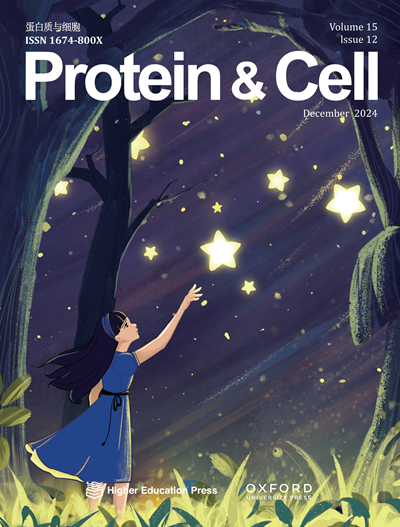利用cFOOT-seq研究转录因子占用和动态。
IF 12.8
1区 生物学
Q1 CELL BIOLOGY
引用次数: 0
摘要
基因调控依赖于转录因子(tf)在调控元件上的精确结合,但同时检测染色质上数百个tf是具有挑战性的。我们开发了cFOOT-seq,一种基于胞嘧啶脱氨酶的TF足迹测定方法,用于高分辨率、定量的全基因组评估TF在开放和封闭染色质区域的结合,即使细胞数量很少。通过利用dsDNA脱氨酶SsdAtox, cFOOT-seq将可接近的胞嘧啶转化为尿嘧啶,同时保持基因组完整性,使其与ATAC-seq等技术兼容,在单分子和单细胞水平上灵敏且经济地检测TF占用。我们的方法能够描绘TF足迹,定量占用,并检查染色质对TF结合的影响。值得注意的是,cFOOT-seq与FootTrack分析相结合,可以重新预测TF结合位点并跟踪TF占用动态。我们展示了它在捕获细胞类型特异性TF、分析重编程过程中的TF动力学以及揭示TF对染色质重塑子的依赖性方面的应用。总的来说,cFOOT-seq是研究TF占用的全基因组动态和阐明基因调控的顺式调控结构的有力方法。本文章由计算机程序翻译,如有差异,请以英文原文为准。
Genome-wide investigation of transcription factor occupancy and dynamics using cFOOT-seq.
Gene regulation relies on the precise binding of transcription factors (TFs) at regulatory elements, but simultaneously detecting hundreds of TFs on chromatin is challenging. We developed cFOOT-seq, a cytosine deaminase-based TF footprinting assay, for high-resolution, quantitative genome-wide assessment of TF binding in both open and closed chromatin regions, even with small cell numbers. By utilizing the dsDNA deaminase SsdAtox, cFOOT-seq converts accessible cytosines to uracil while preserving genomic integrity, making it compatible with techniques like ATAC-seq for sensitive and cost-effective detection of TF occupancy at single-molecule and single-cell level. Our approach enables the delineation of TF footprints, quantification of occupancy, and examination of chromatin influences on TF binding. Notably, cFOOT-seq, combined with FootTrack analysis, enables de novo prediction of TF binding sites and tracking of TF occupancy dynamics. We demonstrate its application in capturing cell type-specific TFs, analyzing TF dynamics during reprogramming, and revealing TF dependencies on chromatin remodelers. Overall, cFOOT-seq represents a robust approach for investigating the genome-wide dynamics of TF occupancy and elucidating the cis-regulatory architecture underlying gene regulation.
求助全文
通过发布文献求助,成功后即可免费获取论文全文。
去求助
来源期刊

Protein & Cell
CELL BIOLOGY-
CiteScore
24.00
自引率
0.90%
发文量
1029
审稿时长
6-12 weeks
期刊介绍:
Protein & Cell is a monthly, peer-reviewed, open-access journal focusing on multidisciplinary aspects of biology and biomedicine, with a primary emphasis on protein and cell research. It publishes original research articles, reviews, and commentaries across various fields including biochemistry, biophysics, cell biology, genetics, immunology, microbiology, molecular biology, neuroscience, oncology, protein science, structural biology, and translational medicine. The journal also features content on research policies, funding trends in China, and serves as a platform for academic exchange among life science researchers.
 求助内容:
求助内容: 应助结果提醒方式:
应助结果提醒方式:


